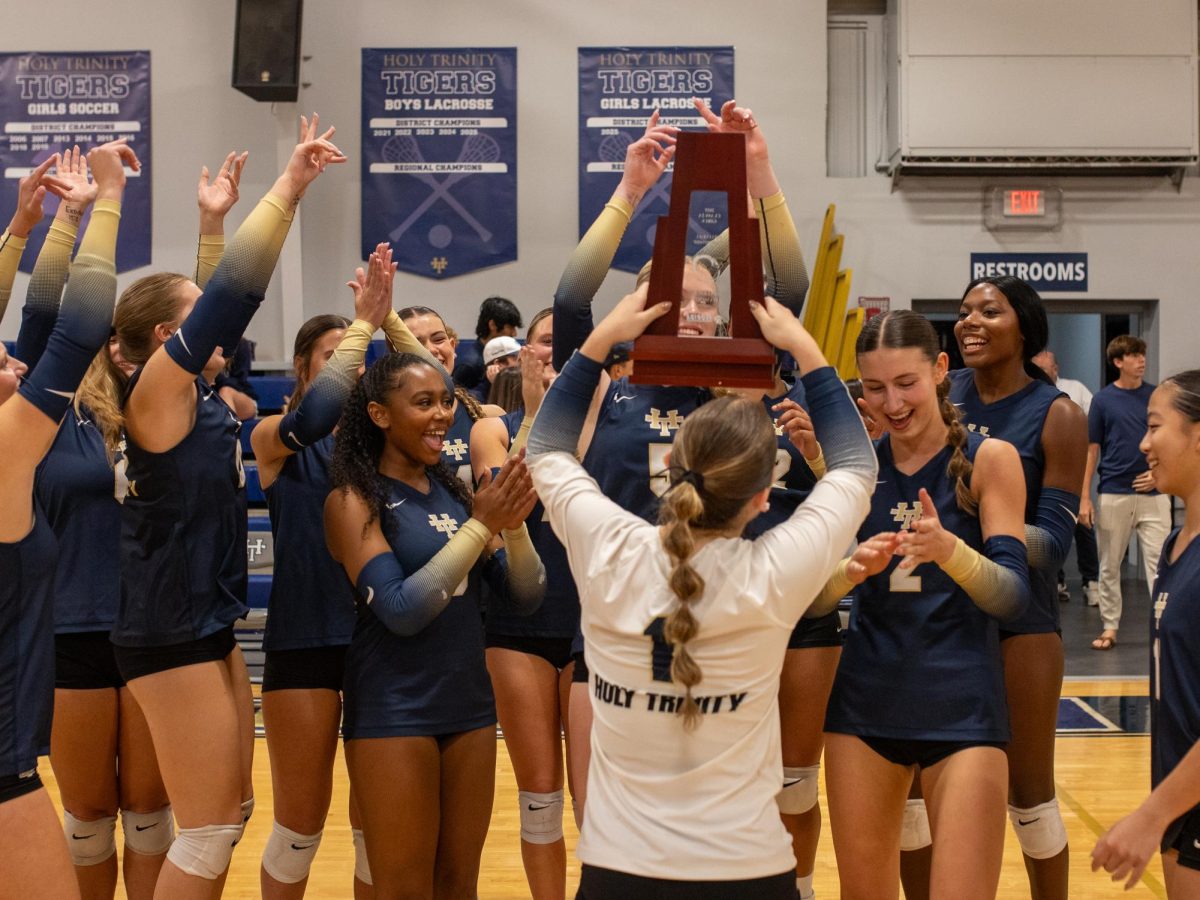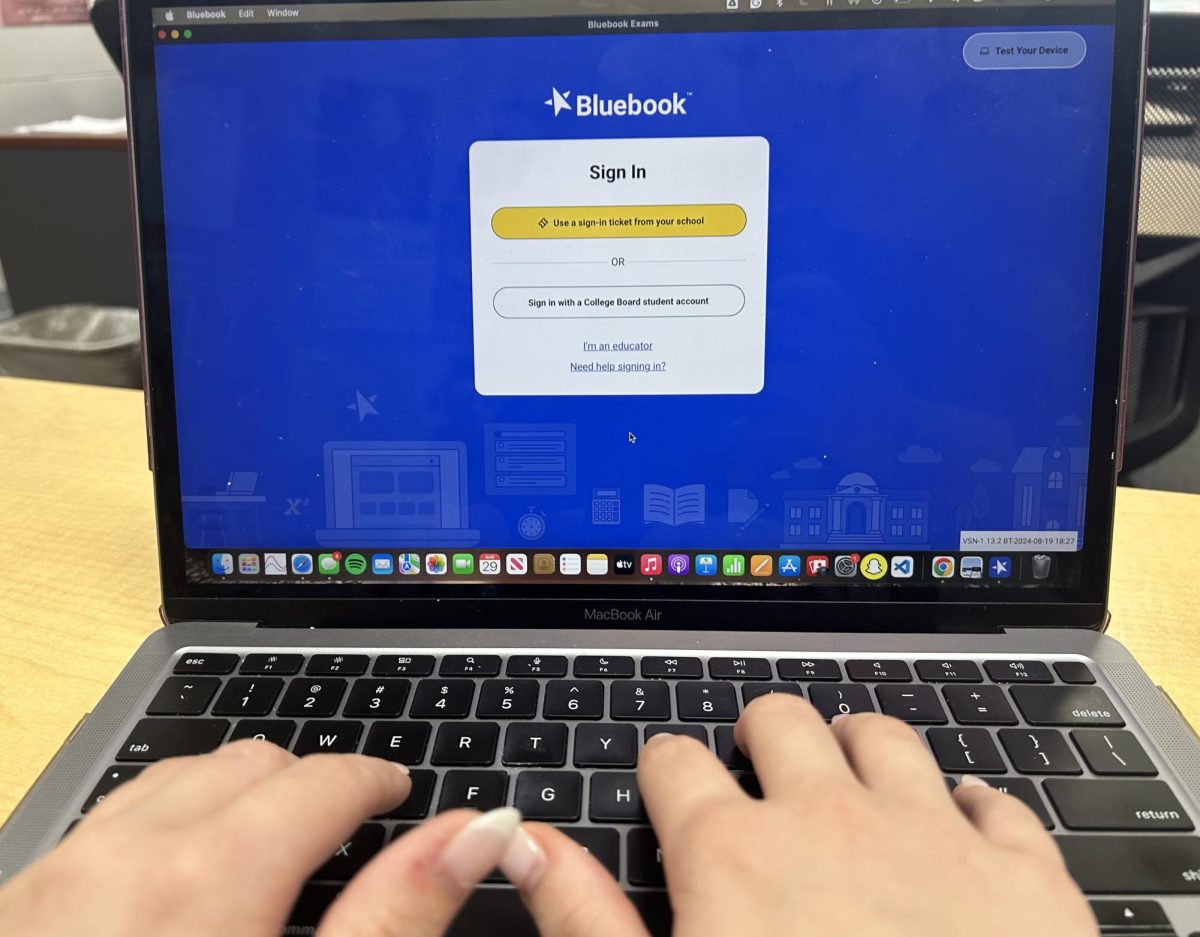Meet Jeneane Bengoa, biggest fan of the small, the strange and the funny. She is a marine scientist who enjoys spending her time gazing at marine animals, diving, and anything related to water. Bengoa has two master’s degrees and three bachelor degrees, specializing in Marine and Aquatic Biology as well as Geographic Information System, with a hidden talent in graphic design.
Ever since she learned to swim she became obsessed with the ocean, and everything in it. She never wanted to stop staring at it, and wondering about the secrets it held. Bengoa learned to dive with her parents as a teenager, having already learned how to snorkel at a very young age. As a child, when she saw The Little Mermaid on TV she would say to herself, “I’ll switch places with you. All I want to do is stay under the water.” Throughout her career, Bengoa has worked in many areas within marine science, including; the Banana and Indian River, Mosquito Lagoon, conducting ecological surveys, removing invasive species, public awareness, and much more.
One noteworthy project she participated in was Secret Service for Turtles, taking place just North of the NASA Complexes. Bengoa and her team would drive up and down the beach in the early morning looking for turtle tracks. Once found, depending on the location they would either get hidden, moved or just flagged. In busy areas, Bengoa says that they will dig up the eggs and place them in a cage, reburying them to make sure they are at the same depth. After all, the depth can decide the turtle’s traits as well as their gender.
One of her favorite projects, though, was during her time working for Disney’s six thousand gallon marine environment known as The Living Seas. Bengoa was able to do an ethogram (tracking behaviors) of the spotted eagle ray. She mentions that with her team they would spend the majority of the day in the tank observing the behaviors of the rays, while introducing two females to two males. Here she met Dottie the spotted eagle ray, her favorite animal companion who lived happily for a long time before passing away about six years ago. Every day the experiment would generally last from when the sun came up, to when it went down. Bengoa and her team used cameras to attempt to record mating habits and with hopes of seeing the mating itself. She then went on to explain how the mating goes, mentioning that her team was the first to catch the rays in the act. This was a historical event for the team. After watching the female rays give birth they were impregnated again only 48 hours later.
This whole experience, including other projects she did, was thrilling for her. “I loved hanging out in the water, watching the animals do their stuff, wondering all about, well, everything,” Bengoa said. Though she did not design the Spotted Eagle Ray Project, she did initiate the Sand Tiger Shark ethogram, which she later helped with the data collection and overall research.
After telling many stories and reviving old memories, she brought up that for those who are interested in the field of marine biology, to be prepared for low-income, but high opportunities. Adding that though there are jobs that pay better financially, this kind of job pays well in experience and enjoyment. Concluding that she would not have chosen a different path, and enjoyed every second of it. Bengoa signed off with a positive mindset and a hope for a future where we no longer have to worry about the health of the underwater ecosystems but instead be able to use our time to explore and learn everything about our planet.











Sydney Field • Sep 6, 2024 at 2:17 pm
Nice article packed full of information. Great writing!